Mind The Gap: More About Our Framework

When it comes to transforming potential to possible, the distinctive power of learning is the key
The space between your now and your next is your gap to goal. We face gaps all the time, some big and some small. We find them at work, at home; even within ourselves. Every gap is unique and so are the paths across them.
Closing any gap and moving from here to there requires a few critical elements.
- You need an idea of where it is that you endeavor to go. Sometimes goals are extremely clear. Often, they need fine tuning.
- You need to get real, really real, about the true state of your “right now.” This takes curiosity, a bit of candid self-assessment, and usually some external perspective or feedback. Finally, to cross the breach:
- You must experience something that results in more – more information, knowledge, skills, attitudes, or beliefs – than you have right now; enough so that you can change what you know, or believe, or can do, and close the chasm.
Learning is the key.
In its simplest form, learning is lasting change that results from experience. It equips you to handle change (Clark & Estes, 2008). Learning isn’t confined to a classroom, and we know it is lifelong. Fundamental—to every program, app, fad, or campaign promising you a path to the best version of yourself—is learning.
Our vision at the Kacmarcik Center for Human Performance is a better world where every person can pursue their best life toward the common good. We shorthand that vision as Potential Made Possible. The idea is to provide people with opportunities to live their best lives. And we have decided to do this work through learning that accelerates performance, boosts well-being, and equips you to achieve your best future, at work and in life.
Here’s how our distinctive approach to performance works:
- It starts with discovery of your performance goals. What is it that you want to achieve?
- Then, we consider the state of where you are at right now, not in terms of your deficiencies, but in terms of your strengths.
- Next, we talk about what you need to know, believe, and do more of to move from where you are, to where you endeavor to go. It’s an approach that works as well for people as it does for places, individuals and organizations, the self and the system.
- Once we understand your goal and your unique gap, we construct a pathway across it, using learning-based experiences, coaching, courses, and self-reflection.
It’s called the Gap to Goal Framework™, a learning-based approach to identifying and achieving performance goals. Let’s look at each step a bit more in depth.
- What is it that you (yourself, your team, or your organization) want to achieve?
Many people struggle to answer this question. We think too small or too broadly. This is why we begin and end with the idea of human flourishing, or the art of the good life.
The Harvard Flourishing Project, drawing from decades plus of scholarship and research, suggests human flourishing, or the fullness of a person’s potential—potential at its most possible—generally includes some combination of five influences proven to ensure well-being: happiness and life satisfaction, mental and physical health, meaning and purpose, character and virtue, and close social relationships. Because of their transcendent influence, our approach to goal setting centers the art of flourishing as key to answering the question. The Gap to Goal Framework™ begins and ends with taking inventory of these five aspects and measuring your growth.
- What is your current state? Really.
Many people answer this question with a list of what their current state isn’t, or lacks, rather than what it is, or possesses. The Gap to Goal Framework™ applies evidence-based tools to construct understanding of your current state from a place of appreciation and strength. That is, we are more interested in what resources, attitudes, and talents you possess than with where you feel deficient and less than. Individuals and teams working with the KCHP receive strengths coaching using the CliftonStrengths™ methodology or other known approaches and inventories that rely on positive psychology, learning theory, resilience, and growth mindset to drive a sense of self-belief and determination. The result is a healthy, positive perspective of your current state that motivates you to believe you can achieve your goals.
- What should you know, believe, and do to go from where you are toward your goal?
The Gap to Goal Framework™ applies Clark and Estes’ (2008) knowledge, motivation, and organization (KMO) methodology to analyze (i) influences that inhibit your pathway to performance and (ii) KMO influences that fuel your efforts toward success. Gap analysis animates the reciprocal relationship between the K, the M, and the O, the critical ingredients of effective learning. With our research partners at RippleWorx, we assess and analyze your KMO factors to generate your unique KMO DNA—a combination as individualized as your talents, ambitions, and goals—and accelerates your journey from gap to goal.
- How do I close my gap?
With clarity about your goals, your strengths, and the factors that most influence your journey, you are ready to move from here to there using learning-based pathways to cross the gap. Our pathways incorporate coaching, self-paced learning experiences, group experiences, workshops, seminars, and guided self-study to help you embrace the art of your good life and achieve your own Potential Made Possible.
We are not a college or university. We are not a coaching practice. While we offer training and education, we aren’t a workforce development shop. And, maybe we shouldn’t say this, but: We do not promise that you will achieve your goals.
However:
We believe in the power of learning to transform attitudes, knowledge, and behaviors. We’ve seen that happen in classrooms and learning environments in all sorts of places with all sorts of people. We know learning works.
We believe that the art of the good life means well-being for all, and not just for some. That’s why we welcome social impact partnerships to ensure access to KCHP programs for as many people as want to participate.
We do embrace your capacity to learn and to pursue your best life. Every intellect is beautiful and worth our best work.
Potential Made Possible is not just a tagline. It is a mindset that opens up the talents, capacities, and abilities each individual and each organization absolutely possess to pursue their best futures. Let’s learn together.
